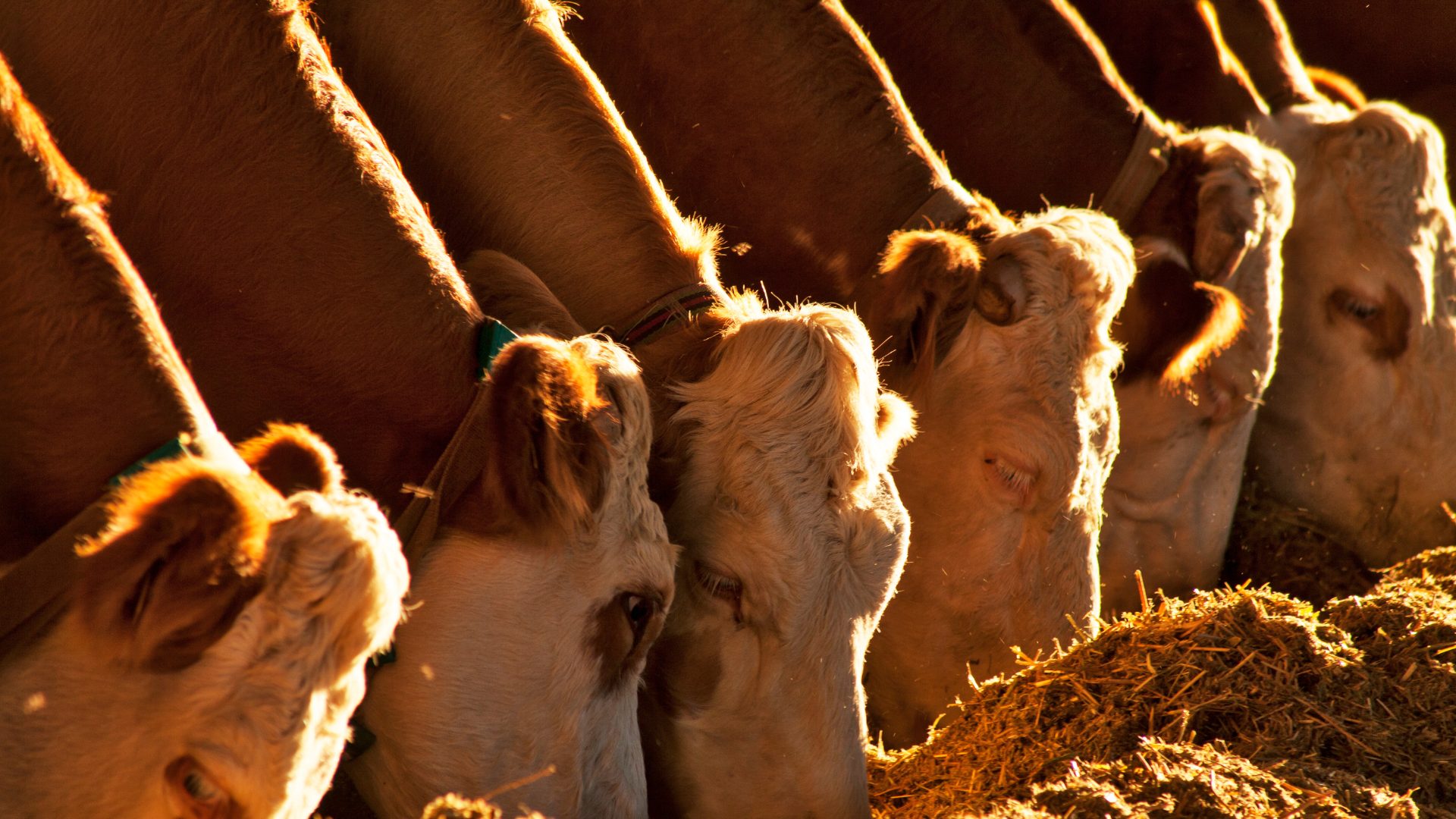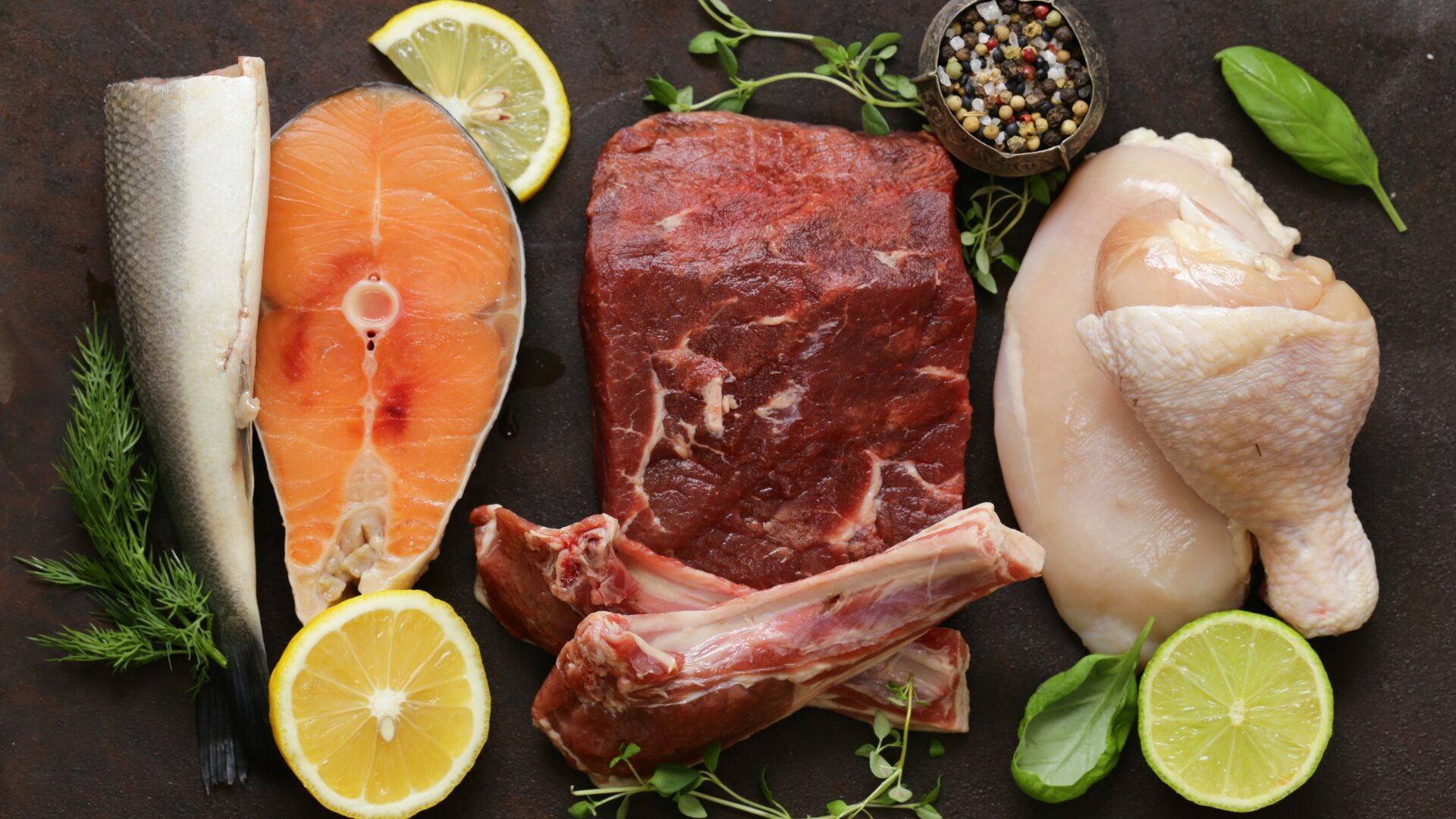Meatpacking, an early epicenter of the pandemic in 2020, is the latest sector to be affected by a surge in cases of the highly contagious Omicron variant.
The National Joint Council of Food Inspection Locals said an increasing number of USDA meatpacking inspectors are testing positive for the virus and Cargill confirmed last week that it was operating some plants with a reduced workforce.
With those factors at play, beef output last week fell 5.3% from a year ago, and wholesale prices on Monday climbed by 1.3% – the most since August – according to the U.S. Department of Agriculture.
Less slaughter capacity reduces U.S. beef supplies at a time of booming demand and means farmers must keep cattle longer in feed yards or on ranches. A sustained period of lower production could further increase high meat prices at a time of inflation fears. (Reuters, Jan. 10)
So, what’s the outlook for beef prices and production as the latest wave of COVID-19 makes its way across North America? The Food Institute asked experts for their projections.
Altin Kalo, head economist at Steiner Consulting Group:
They say that the cure for high prices is high prices. But in the near term, things could get worse before they get better. The paradox of the last 12 months is that even as retail beef prices have hit record levels, producers have been liquidating their cows. This is the opposite of what you would expect, normally high prices encourage producers to expand. By culling cows producers are effectively reducing future output. So, we think beef prices may need to go higher in order to a) ration out demand and b) eventually provide producers with enough of a profit opportunity to hold on to their production base and even expand.
But the critical bottleneck that needs to be addressed is labor. Without workers to slaughter/butcher/harvest beef, there will be an imbalance between supply at the farm level and what can be processed each day. It is important to recognize that slaughtering cattle is only part of the issue. Butchering and preparing beef in a way that it can be easily used at retail and foodservice is now even more important as downstream players lack capacity. Consumers will seek lower-priced options but consumer behavior is deeply entrenched and hard to change. We think in the near-term retailers and foodservice operators will look at changing portions and other ways of limiting product inflation.
We expect beef production in 2022 to be down 2.4% compared to 2021 and then down another 2.1% in 2023. This is a function of the production decisions made in the last three years. It takes years for beef production to recover and it will be difficult to do so unless more money flows upstream at the ranch level.
Wholesale beef prices jumped 17% in 2021 and they were 28% higher than the five-year average. We expect wholesale beef prices inflation to slow down in 2022, in part as high prices ration out demand. Our forecast is for wholesale beef prices to be up 4% compared to 2021 and 33% higher than the five-year average. Prices are then expected to increase another 7% in 2023 as supplies continue to decline and even higher prices are needed to ration out demand.
Steven Burton, CEO of food production software provider Icicle Technologies:
The Omicron strain is much more transmissible than previous strains and, although the risk of serious illness is largely mitigated in the vaccinated, everyone is likely to be exposed over the next several weeks with a significant number of breakthrough infections amongst the vaccinated.
Therefore, we are likely to see staffing shortages as large numbers of workers fall ill, which will apply further pressure on the supply chain in terms of both reduced meat supply and additional pricing increases. Fortunately, Omicron seems to cause shorter, less severe illness, so we expect these problems to be transient. The biggest risk is to the ranching sector as cattle cannot be slaughtered after 18 months due to the risk of BSE (Mad Cow Disease). Hopefully, a short surge in transmissions will not result in longer subsequent delays in processing.












